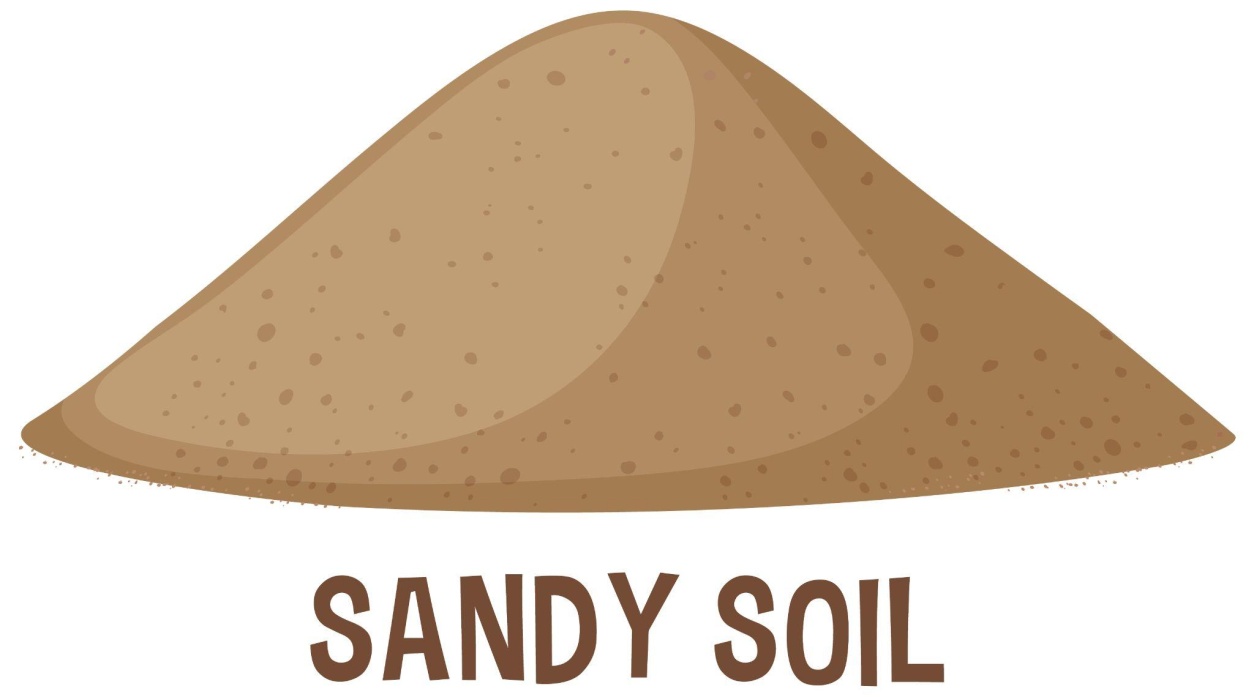Sandy soil poses a unique challenge for homeowners, especially in coastal areas like Florida. Its quick-draining properties can make it difficult for sod to establish healthy roots and thrive. However, with proper sod installation techniques, it is possible to grow a lush, green lawn even on sandy soil.
In this guide, we’ll explore the factors influencing sod growth on sandy soil and share expert advice on how to achieve successful sod installation in these conditions.
Why Sandy Soil Is Challenging for Sod Installation
Sandy soil drains quickly, which means water and nutrients are often washed away before the grassroots have a chance to absorb them. This can result in patchy grass, thin turf, and increased watering requirements. For sod installation to succeed, it’s important to amend the soil, ensure proper watering, and choose the right sod type.
Steps for Successful Sod Installation on Sandy Soil

- Soil Preparation
- Amend the Soil: Sandy soil lacks the organic matter necessary to retain moisture and nutrients. Before installing sod, it’s important to amend the soil with compost or organic mulch. This improves its water retention and nutrient-holding capacity.
- Level the Area: Rake the area smooth to ensure an even surface for the sod. This promotes uniform growth and helps avoid areas where water can pool.
- Choose the Right Sod Type
- Warm-Season Grasses: In Florida’s warm climate, sod varieties like St. Augustine, Zoysia, or Bermuda grass are popular choices. These types are well-suited for the heat and can thrive in sandy soil when properly cared for.
- Consider Salt Tolerance: For coastal homeowners, selecting sod that can withstand salt exposure is crucial. Saltwater can be detrimental to many grass types, so opt for varieties that have good salt tolerance if you live near the coast.
- Proper Watering Techniques
- Water Immediately After Installation: After sod installation on sandy soil, water thoroughly to settle the sod and provide initial moisture for the roots.
- Regular Watering: Sandy soil requires more frequent watering compared to other soil types. Establish a consistent watering schedule to keep the sod hydrated, especially during the first few weeks.
- Avoid Overwatering: While sandy soil dries quickly, it is still important to avoid overwatering, which can lead to fungal problems. Water deeply but infrequently to encourage deep root growth.
- Fertilization
- Use Balanced Fertilizers: Sandy soil often lacks essential nutrients like nitrogen, phosphorus, and potassium. Applying a balanced fertilizer after sod installation helps support healthy growth and root development.
- Apply Fertilizer in Stages: To avoid over-fertilizing, apply fertilizer in stages. Follow the manufacturer’s guidelines and adjust based on the grass type and growing conditions.
- Ongoing Care
- Mowing: Once your sod begins to take root and grow, mow it regularly. Avoid mowing too short, as this can stress the grass, especially in sandy soils.
- Aeration: Over time, sandy soil can become compacted. Aerate your lawn annually to relieve compaction, improve water absorption, and promote strong root growth.
Bestway Lawn Care – Your Trusted Partner for Lawn Care
At Bestway Lawn Care, we understand the specific needs of homeowners dealing with sod installation on sandy soil. Our expert team is experienced in providing services for lawn and landscape care and grounds maintenance in Tampa Bay, Largo, St. Petersburg, and Seminole, FL, ensuring your sod installation is done right the first time. We are committed to delivering high-quality sod installation and maintenance services to give you the lawn you’ve always wanted. Contact us today to learn more about our services!
